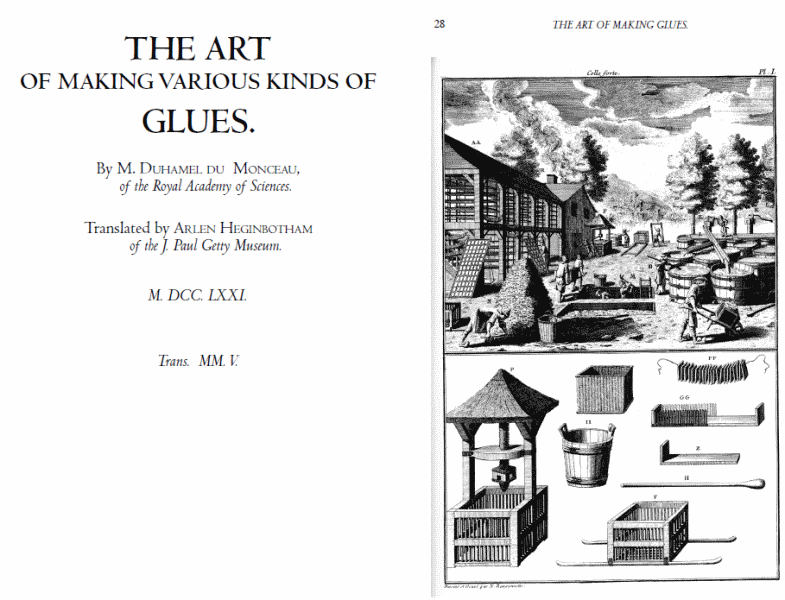Gum and resin are often confused with each other. Gum is (largely) soluble in water, resin little dissolves in water, but does in alcohol.
 Gum arabic (, also acacia gum or cha(ar) gund) is a secretion from trees of the genus Acacia (Acacia senegal (also - Arabica or -. Verek) and Acacia seyal. It is resinous gum that flows as protection of injured bark of the tree.
Gum arabic (, also acacia gum or cha(ar) gund) is a secretion from trees of the genus Acacia (Acacia senegal (also - Arabica or -. Verek) and Acacia seyal. It is resinous gum that flows as protection of injured bark of the tree.
The tree grows in the region of West Africa to the Arabian Peninsula: Sudan, Chad, Nigeria and Senegal.
Gum Arabic is slowly soluble in water, and is a little hygroscopic. In pure form, it is brown - red, yellow to transparent. If it dries out, it will crumble, when it's wet, it is sticky.
It is widely used in food, candy (licorice...)
Peel by the end of the winter buds of horse chestnut and place the brown scales in turpentine. Stir well. Remove the scales after a day and let the turpentine stand for several days. What remains is real wood glue.
Cheap and durable adhesive is onion wet. (I have not tested.)
Starch adhesive
Boil (potato) flour in water. (There may be some sugar added.) Ready.
Starch is in the core of cereals, potatoes and turnips. The glue is used in paper production and -glue, plaster, printing ink.
Wash the tubers and grate them. Press the mash, cook the moisture and the glue is ready.
You can also put the mash in water so that the starch is pulled out and sinks to the bottom. Let it stand wet and pour off the water regularly. The precipitation can be dried, grinded and saved to be later solved in water.
The juice of the root and the stem of Wild hyacinth (H. nonscripta) is glue.
Marshmallow (Atlheae officinalis) and Bracken (P. aquilinum): of the rhizomes glue can be cooked.
By heating resin (or birch pitch), charcoal and fat (until fat and resin are melting and mixing) we get a strong adhesive with which e.g. also arrowheads were fixed.
Prunus species (peach, plum and cherry) sometimes secrete a brown-yellow, viscous, sticky mass: cherry gum or cerasin (wax). With branch breakage and pruning it may heal wounds and works protective.
By unbalanced growth (too much fertilizer, exhaustive fruiting, high water, bacterial infection) it is sometimes squeezed from the bark (Gum disease, Pseudomonas mors (prunorum)). It can also occur in and on the fruit.
Cold is the resin rock-hard (amber -like). Warm (in the sun, a fire) it may be made syrupy and used as glue or filler. Cooled it’s harding again.
